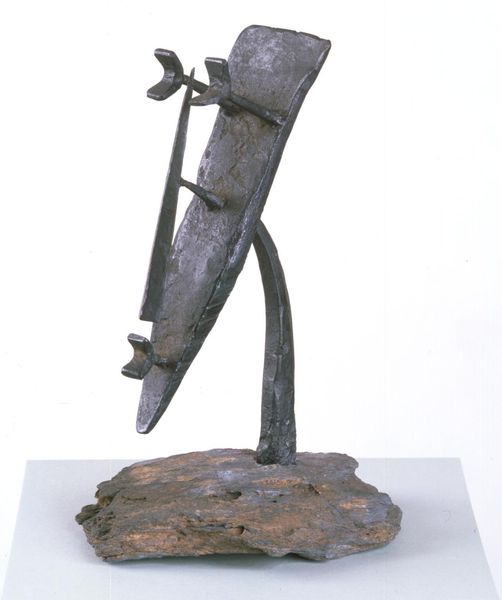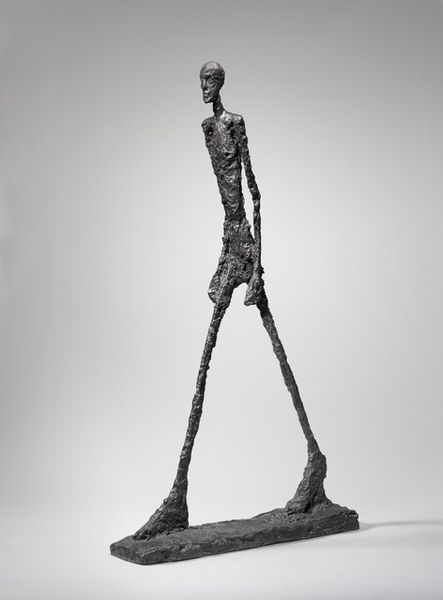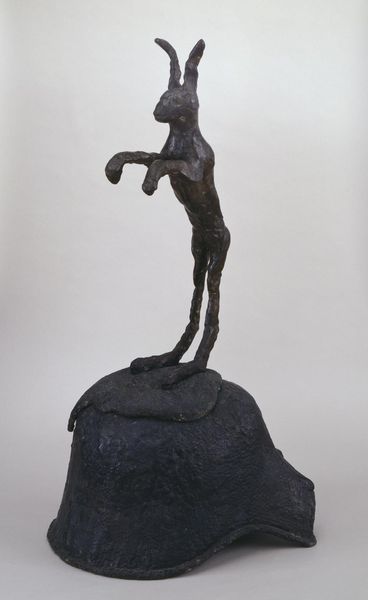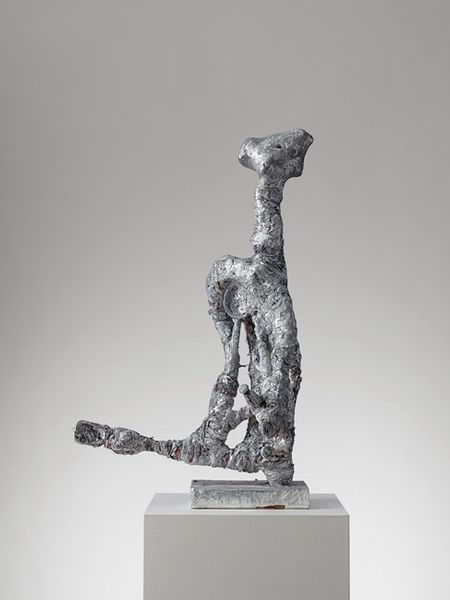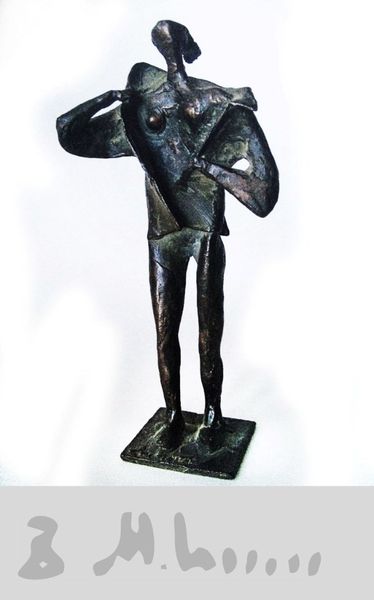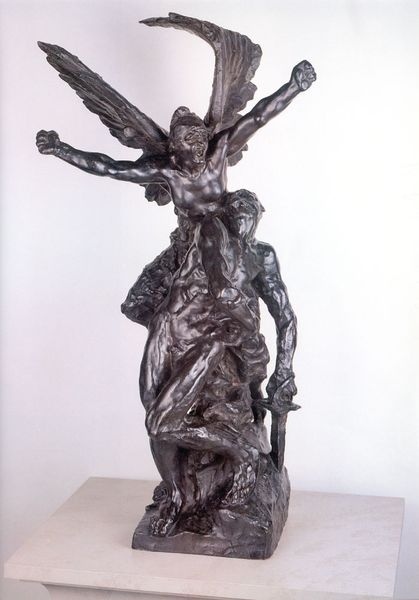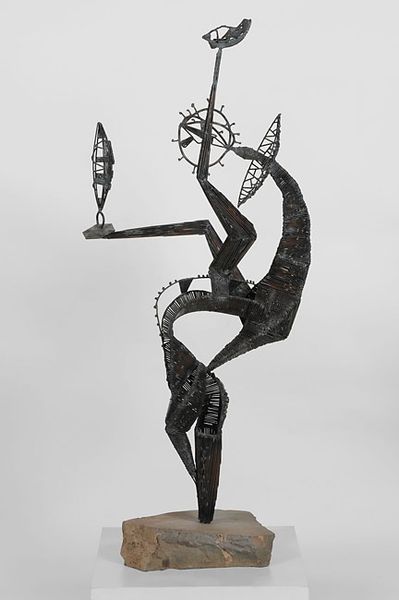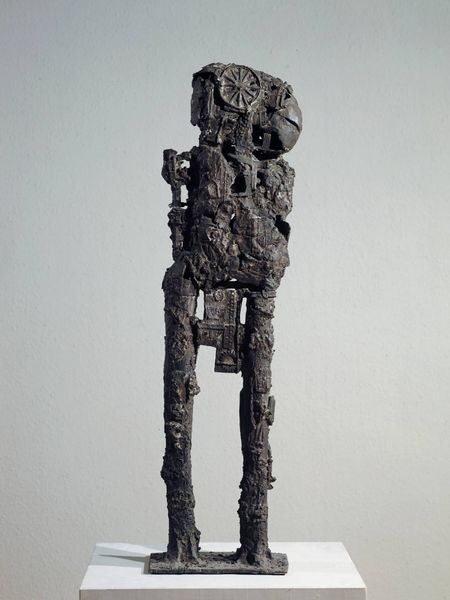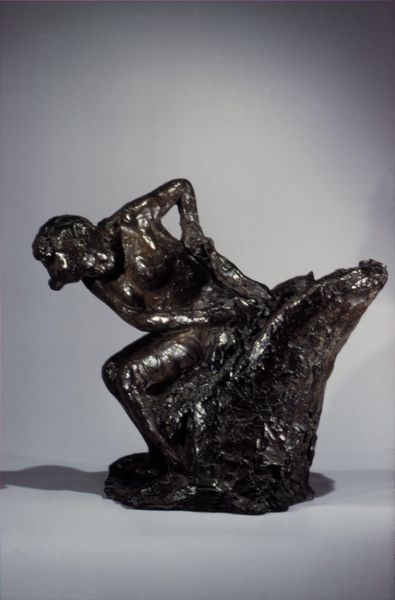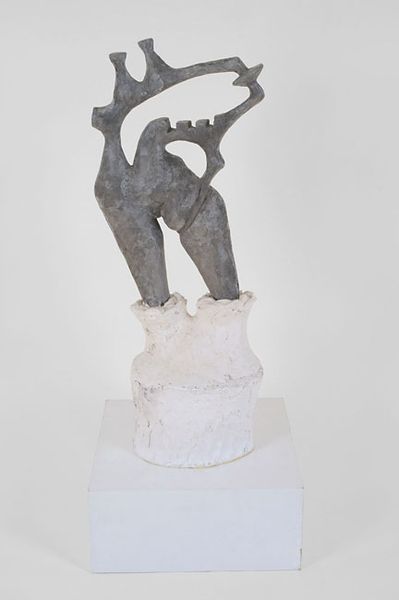
Dimensions: object: 460 x 391 mm
Copyright: © The estate of F.E. McWilliam | CC-BY-NC-ND 4.0 DEED, Photo: Tate
Editor: This is "Cain and Abel" by F.E. McWilliam, housed at the Tate. It looks like it's made of bronze. The figures are so raw and distorted! What do you make of this piece? Curator: The roughness of the bronze, the visible process of its making, speaks volumes. This wasn’t about idealized beauty. Consider the post-war context. McWilliam, through this tortured materiality, highlights the violence inherent in labor and the societal structures that lead to such primal conflicts. Editor: So, the medium itself is the message, reflecting societal tensions? Curator: Precisely. The bronze embodies the brutality. It begs the question: what does it mean to "craft" such a destructive scene? Editor: That gives me a lot to think about. Thanks! Curator: Indeed. It’s a powerful statement on the means and consequences of production, both artistic and societal.
Comments
tate 7 months ago
⋮
http://www.tate.org.uk/art/artworks/mcwilliam-cain-and-abel-n06164
Join the conversation
Join millions of artists and users on Artera today and experience the ultimate creative platform.
tate 7 months ago
⋮
In late 1952 McWilliam exhibited a group of work called 'Cain and Abel' at the Hanover Gallery in London. It consisted of drawings and five sculptures made from different materials. This work was made later the same year as a maquette for the 'Unknown Political Prisoner' competition, where it won an Arts Council National Prize. The artist choose this title for his entry because it was, he wrote, 'a symbol of man's eternal persecution of man, of which the political prisoner is but the contemporary symptom.' Gallery label, September 2004
